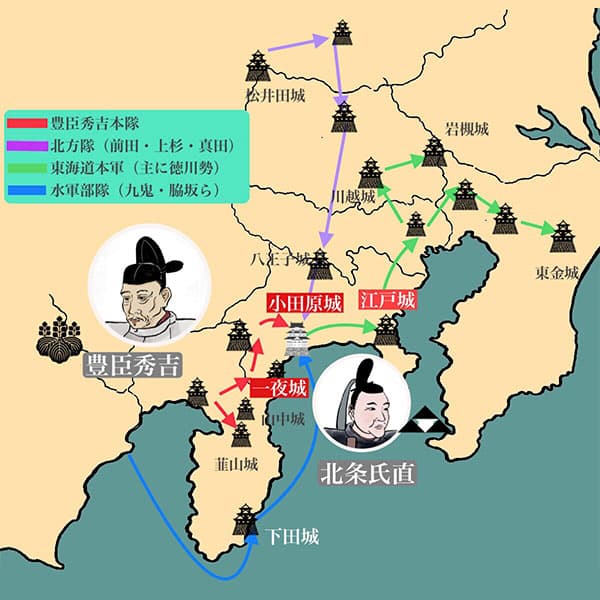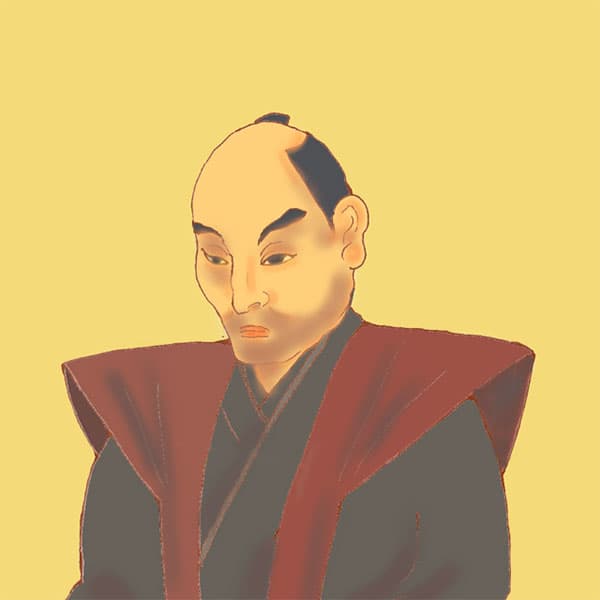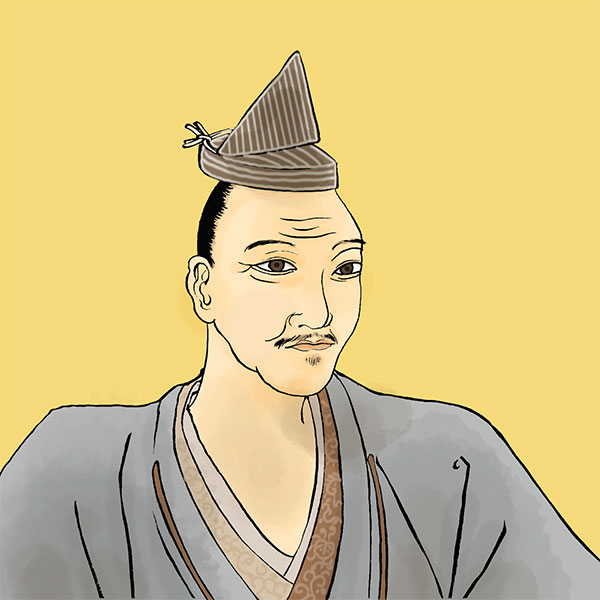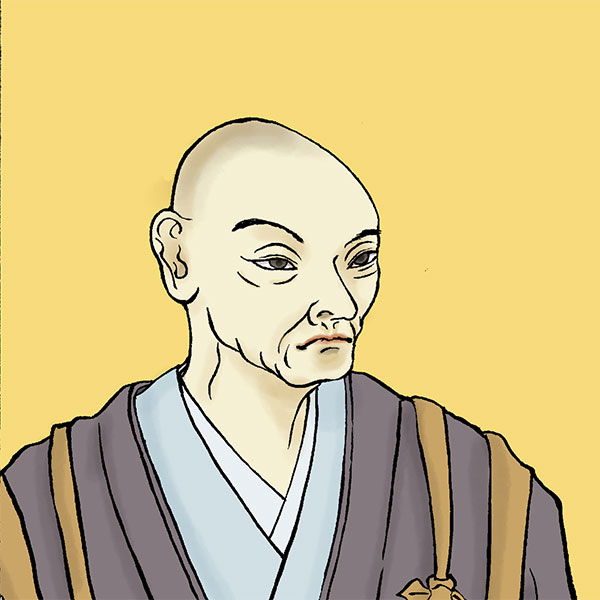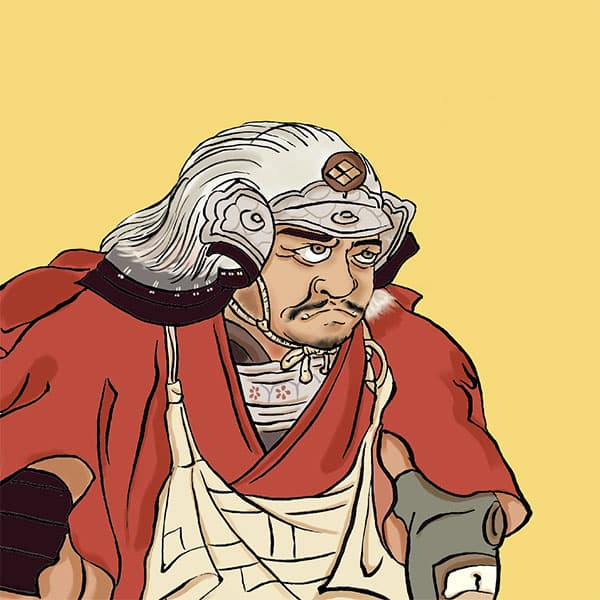- Odawara domainMany of the successive feudal lords served as the Shogunate.
- Odawara was a land ruled by the Gohojo clan before the Edo period. In the Edo period, Tokugawa Ieyasu's confidante Tadayo Okubo was sealed off as the lord of the domain. Like other domains, the Odawara domain was ruled by multiple families, but basically the Okubo clan served as the lord until the Meiji era.

Odawara CastleOdawara City, Kanagawa Prefecture
| Other name | Komine Castle, Kobayakawa Castle |
|---|---|
| castle construction | 1417 |
| address | Jonai, Odawara City, Kanagawa Prefecture |
| telephone number | 0465-22-3818 |
| Opening hours | 9:00-17:00 (Admission until 16:30) |
| closing day | December 31st - January 1st |
| Admission fee | General 510 yen / Elementary and junior high school students 200 yen |
- Access to Odawara Castle
- 10 minutes walk from JR Odawara Station/Odakyu Line Odawara Station
HISTORYOdawara Castle remains in history as the home of the Hojo clan.
Odawara Castle is the home of the Hojo clan and is also famous as the place where Toyotomi Hideyoshi and Hojo Ujimasa fought a fierce battle. After Tokugawa Ieyasu unified Japan, Odawara Castle became the domain office of the Odawara clan until the Meiji era. This time we will look back on the history of Odawara Castle.
- Odawara Castle before becoming the residence of the Hojo clan
- There is a theory that Odawara Castle began as the residence of Enpei Kobayakawa, said to be the founder of the Toi Kobayakawa clan, at the end of the Heian period. During the Kamakura period, Odawara was under the control of the Toi Kobayakawa clan, but in 1416, during the Uesugi Zenshu Rebellion, the Toi clan, the Zenshu side, fell from power, and the Omori clan, which was based in Suruga Province, seized the territory. I did.
After that, the Omori clan built a mountain castle on Mt. Hachiman (present-day hill near Odawara Prefectural High School). The official year the castle was built is unknown, but it is said to have been built in the middle of the 15th century. - Hojo Soun's robbery of Odawara Castle
- In 1495, Hojo Soun, who ruled Izu Province, captured the mountain castle of Mt. Hachiman from Omori Fujiyori. According to one theory, Hojo Soun forged a friendly relationship with Fujiyori Omori to catch him off guard, then sent an army disguised as deer hunters to Odawara Castle and took over the castle.
Hojo Soun is said to have greatly expanded this mountain castle, but he continued to use Nirayama Castle as his residence throughout his life. - Odawara Castle after Hojo clan rule
- Odawara Castle officially became the residence of the Odawara clan from the time of Hojo Ujitsuna, the son of Hojo Soun. From then on, Odawara Castle became the residence of the Hojo clan until Toyotomi Hideyoshi overthrew Ujimasa Hojo. It appears that the Odawara clan set up a mansion near the current Odawara Castle castle tower, and used Hachimanyama Castle, which they had taken from the Omori clan, as their final castle. Odawara Castle was also expanded by successive lords as the center of the Hojo clan's control of the Kanto region.
After Odawara Castle became the base of the Hojo clan, it was invaded by Uesugi Kenshin and Takeda Shingen. These include the siege of Odawara Castle by Uesugi Kenshin in 1561, and the invasion of Suruga by Takeda Shingen in 1568. Mr. Hojo defeated both of them after a fierce battle. There are also many records of major renovations to Odawara Castle from 1566 to 1569, and the Hojo clan strengthened the castle against the invasion of the Uesugi and Takeda armies. It is clear that they were prepared for this. - Toyotomi Hideyoshi's conquest of Odawara
- A historically famous battle that took place at Odawara Castle is Toyotomi Hideyoshi's conquest of Odawara in 1590. This battle was waged by Toyotomi Hideyoshi against Ujimasa Hojo, who ruled the Kanto region, and his son Ujinao, as a finishing touch to the unification of Japan.In the end, the Hojo clan was defeated not only by Hideyoshi Toyotomi, but also by Yoshishige Satake, Kunitsuna Utsunomiya, and others. They also had to fight against the allied forces of the feudal lords who ruled the Kanto region.
In response to Toyotomi Hideyoshi's invasion, the Hojo clan surrounded the castle with a 9km-long fortification and defended itself. However, Hideyoshi cornered the Hojo clan by surrounding Odawara Castle with a large army of 150,000 men, and at the same time destroying each castle that had been ruled by the Hojo clan's subordinates. The Odawara Conquest ended about three months after the start of the war with the bloodless surrender of Odawara Castle. After the conquest of Odawara, Ujimasa committed seppuku, Ujinao took refuge on Mt. Koya, and the Hojo clan's rule over the Kanto region came to an end. - Odawara Castle in the Edo period
- After the Odawara clan fell, the territory was given to Tokugawa Ieyasu. After the Battle of Sekigahara, Tokugawa Ieyasu, who was appointed Seii Taishogun and established the Edo Shogunate, entrusted the administration of Odawara to Tadayo Okubo, one of the 16 Tokugawa generals, and gave him 45,000 koku. This was the beginning of the Odawara domain. Odawara Castle had a huge structure built by the Hojo clan, but Tadayo Okubo discarded it and drastically reduced the size of the castle. In addition, Odawara Castle was destroyed when the Okubo clan was laid down, but it was rebuilt when the Inaba clan entered the castle. All of the remains of Odawara Castle that remain today date back to this time.
Odawara Castle was the residence of the lord of the Odawara clan throughout the Edo period, and continued to be a key location for the shogunate as a key point for the defense of the Kanto region in front of the Hakone checkpoint. - Odawara Castle after the Meiji period
- Odawara Castle was abandoned in 1870, and many of its buildings were destroyed by 1872. On the site, the Odawara/Ashigara Prefectural Office and the Kanagawa Prefectural Branch Office were built, making it the center of city government. In 1901, an imperial residence was also built on the Ninomaru site. However, these buildings were severely damaged in the Great Kanto Earthquake of September 1923 and were demolished. In addition, the remaining stone walls collapsed during the Great Kanto Earthquake, and there is almost no trace of Odawara Castle from the Edo period.
- Reconstruction of Odawara Castle
- Odawara Castle lost all vestiges of the Edo period due to the demolition of buildings and the Great Kanto Earthquake, but starting with the rebuilding of the Sumiyagura in 1934, it was rebuilt in 1965. The castle tower was rebuilt in (1960). Furthermore, the Tokiwagi Gate was rebuilt in March 1971, the Copper Gate in October 1997, and the Umade Gate in March 2009, and Odawara Castle remains a symbol of Odawara City and a tourist attraction. It continues to be a famous place. In 1938, part of the Ninomaru and Sannomaru portions of the Odawara Castle ruins were designated as a national historic site, and in 1959, all of the parts that were not designated in 1948 were designated as national historic sites.
- Modern Odawara Castle
- Odawara Castle is now a castle park, and you can see the reconstructed castle tower, corner turret, Umade Gate, Copper Gate, and Tokiwagi Gate. The inside of the castle tower is a museum, as well as a history museum (NINJA hall), Tokiwagimon SAMURAI hall, and a museum shop, so you can enjoy learning about history. There is also an amusement park within the park, where you can enjoy a variety of flowers depending on the season.
Read about incidents related to Odawara Castle
Read biographies related to Odawara Castle
History of the Odawara Domain, whose domain office is Odawara Castle
| Domain office | Odawara Castle |
|---|---|
| old area | Sagami country |
| stone height | 113,000 koku |
| Fudai/Tozama | Fudai |
| main lord | Okubo family, Abe family, Inaba family |
| Estimated population | 90,000 people (first year of the Meiji era) |
With Tokugawa Ieyasu entering the Kanto region, Tadayo Okubo joined Odawara. After the Abe family and Inaba family, the Okubo family entered the domain again.












































